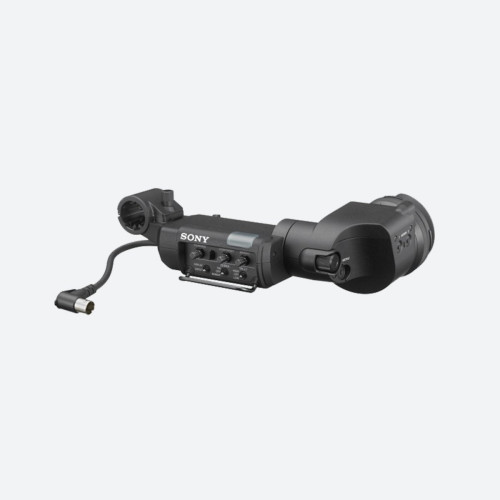The summer holiday getaway of 2018 hit the headlines for all the wrong reasons. A UK airport's non-functional departure boards left travellers unable to find their flights. Meanwhile, an airline cancelled over 2,000 flights due to a computer glitch. One European city closed its airspace entirely.
Despite best efforts, staff struggled to cope with the lack of centralised network control and data sharing. Now, as projects such as the new Jewel Chagi Airport grow the concept of airports as not just simple transport hubs, but destinations and experiences in themselves, traveller expectations of smooth and convenient journeys are only going to climb. As a result, smooth running of everything from security to display boards is essential to airports’ brands and financial health. The technology behind these functions must work faultlessly.
Understandably, summer is a high-pressure time for the travel industry, and after last year, many are feeling the strain. In airports, the source – and saviour – of technical glitches often lies in the control room, which opens the debate of how organisations can prepare for these failures. The key is to prepare for peak by identifying potential causes for disruption and ensuring that control room teams are empowered to prevent and mitigate them quickly and efficiently.
Check physical resilience and reliability
Lately, the emphasis has been on protecting control room infrastructure against hackers, cybercrime and terrorism, with strong measures put in place to combat these major threats. However, we should never underestimate the need for physical resilience and reliability even in the face of often unavoidable malfunctions.
No matter how tough or durable a system is, most people accept that it will fail at some point in its lifecycle – whether through an internal weakness or because of a power outage. Single points of failure are parts of a system that can cause the entire system to stop working, should it fail. While these are undesirable, in many cases, eliminating a single point of failure is impossible.
Increasingly, organisations are recognising that they must have built-in contingency measures to address this eventuality. Total shutdown is unacceptable because of the chaos and danger it could cause, particularly in high-pressure sectors like consumer transport. Therefore, it’s best for organisations to either isolate the failure or invest in more reliable equipment.
With this in mind, here are three key considerations that we advise our customers to make to remove single points of failure:
Manage the situation remotely
A server failure could lead to a large proportion of your systems becoming inoperable. The obvious solution is to ensure that multiple manager systems are installed but it is also important that you fully understand the failover process and the limited capabilities that may be imposed when operating on a back-up server. The best solutions will enable the secondary manager to take over instantly and automatically without human intervention. If this is possible, the control room will not lead to even greater disaster.
Take power (supply) into your own hands
To protect against this possibility, ensure you have a power distribution unit with multiple power supplies and multiple sources of power. It’s critical that if a source of power is lost, a secondary source is available to all devices. For example, a control room could switch over to a generator. The ideal solutions are load balanced between source A and source B when the system is running perfectly so that if one of those power sources disappears, the 2nd power source will take over the full running of the system immediately.
Acknowledge the risk of total network failure
We rely on networks for almost every aspects of our lives and while they are amongst some of the most reliable and resilient technologies available, we must accept that something will go wrong at some point. If a network switch fails, it could be catastrophic if you have not designed a robust, resilient network architecture. In the control room, a network failure could lead to a lack of data, incorrect data visualisation or a reduction in communication, all of which could put people at risk. Of course, network engineers can design resilient networks that deal with these failures with limited downtime and network vendors provide outstanding levels of support to their customers. There is however a further strategy to reduce downtime to zero.
Technologies designed for mission critical environments enable connections to two different networks so that even in the event of a network switch failure, there would be an instant failover to the secondary network. The very best solutions will be automatic & data would load balance so that the operator experiences zero downtime.
When dealing with large volumes of customers, in any business, the consequences of system collapse could be disastrous. Airports must ensure that their network has the resilience to cope with component failure and redundancies, not only outsider attacks. Advances in connectivity and communication services mean that organisations need an IP solution which can manage multiple technologies within the network, monitoring and responding to disruption securely and with zero latency. When preparing for peak times, organisations ignore the status of their physical network infrastructure at their peril.













































